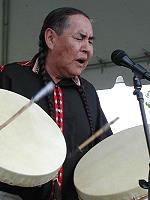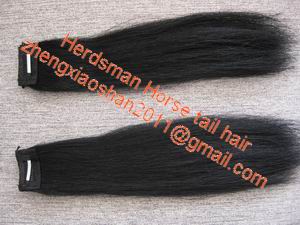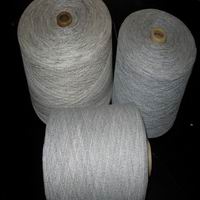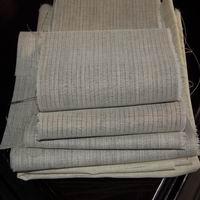Native American
The most common Native American womens hairstyles were a flowing hairstyle (either with or without bangs) or long braids (either two braids or one single braid.) Some women painted horizontal stripes on their hair or dyed the center part a bright color. In the southeast, many women from tribes such as the Creek and Chickasaw wore their hair on top of their heads in buns or topknots. In the southwest, women from the Navajo and Pueblo tribes often wore their hair tied behind their heads in a kind of twist best known as a chongo (the Pueblo word for this hairstyle.) Other Southwestern Indian women preferred to keep their hair cut to shoulder length. One distinctive tribal hairstyle for women was the elaborate squash blossom or butterfly whorls worn by Hopimaidens. To make this hairdo, a young womans mother would wind her hair around a curved piece of wood to give it a round shape, then remove the wood frame. Only unmarried young women wore this complex hairstyle. Another unique tribal hairstyle was the board or bonnet hair popular among Seminole women in the 1800s. Seminole women made their hair into this disk shape by nning it over a tilted cardboard frame (which then stayed in place under their hair.) Traditionally, most Seminole women wore their hair on top of their heads like other southeastern Indian tribes, and today the black board style is almost never worn. However, it can still be seen on Seminole palmetto dolls, which are usually made with this distinctively Seminole hairstyle.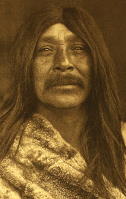
with board hair

Return to our main page of traditional Indian dress Return to First Nations Culture
The most common Native American mens hairstyles were flowing hairstyles,horse hair wefts long braids,horse forelocks or shaved heads. But there were many different versions of each of these basic hairstyles. Hair held great symbolic importance for men in many Native American tribes, especially in Western tribes like the Sioux and Blackfoot. Men in these tribes only cut their hair to show grief or shame, and often wore the front part of their hair in special styles including pompadours (hair stiffeneNative Americand with grease or clay so that it stands up), forelocks (one long strand of hair hanging down between the eyes), or small braids or topknots arranged in various shapes. In Eastern tribes like the Lenape and Iroquois tribes, most warriors shaved their heads except for a scalplock (a single lock of hair on the crown of their head), tonsure (a fringe of hair around the head), or roach (a stiff crest of hair running down the middle of the head.) The roach hairstyle is often known as a Mohawk or Mohican hairstyle, after two tribes who frequently wore it. Native American men would often wear artificial roaches, too, which were made of brightly colored porcupine or deer hair. Men with shaved heads and men with long braids would both wear artificial roaches sometimes. Most Southwest Indian men originally wore their hair in a chongo style similar to the womens. (Chongo is a Pueblo word; the same hairstyle is also known as Tsiiyl in Navajo and Hmsoma in Hopi.) Shoulder-length hair with a cloth bandana around it became a more popular style in the Southwest by the 1800s. Other Southwestern men twisted their hair into long hair rolls resembling modern dreadlocks, which they stiffened with clay and painted. On the Northwest Coast and northern California, men sometimes wore topknots on top of their heads. Northwest Coast men also wore mustaches and sometimes beards, while men in most other Native American tribes kept their ces shaved.
North American Settlements: Information about Native American villages and houses in different culture areas of North America.
Some of them. Braids and long flowing hair are still popular hairstyles, especially among women, but also for some men. Native Americans in some Plains and Western tribes continue to place great spiritual value on their hair,Curled horse hair-white,black,m cutting it only when they are in mourning. Chongos are still worn by some Native American women in the southwest. Other special hairstyles like forelocks and squash blossoms are seen only at religious and cultural events. The roach (Mohawk) hairstyle is almost never worn anymore, but artificial roaches are still worn at powwows all over the country.
Return to our Native American Websites for Kids
Tribal Tattoos
painted hair rolls
Would you like to help support our organizations work with endangered American Indian languages?
